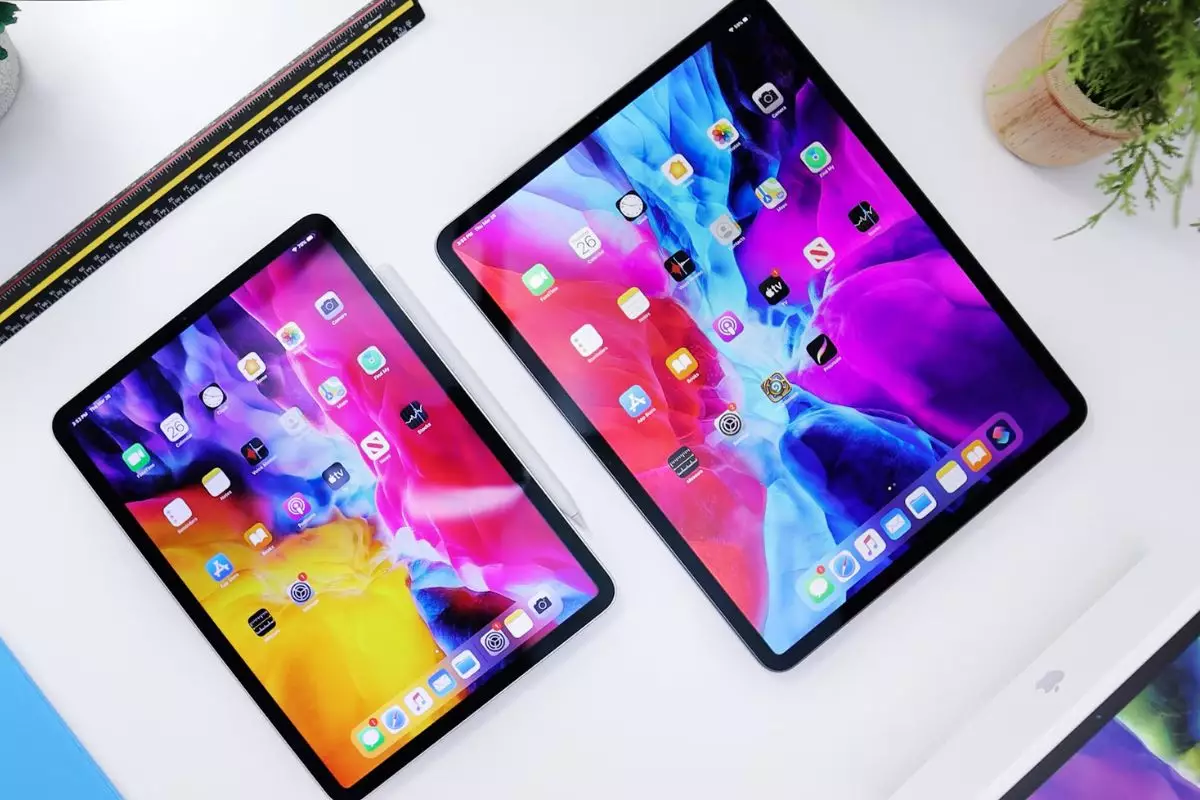In the tech world, few announcements generate as much excitement as news of updates from Apple. The buzz around iPadOS 19 promises a significant leap forward for the iPad, signaling an attempt to redefine what the device can accomplish. According to renowned journalist Mark Gurman, the upcoming operating system may incorporate features that align more closely with macOS, suggesting Apple’s desire to enhance productivity for its users. This refocus comes at a time when the hardware capabilities of the iPad—now powered by the M4 chip—have outstripped the limitations of its software. Although this news seems promising, it raises the critical question: Is this a genuine transformation or merely a strategic ploy to boost market interest?
The Gap Between Hardware and Software
Apple has long been recognized for its beautiful hardware, but the software has often lagged behind. With the unceasing demand for enhanced multitasking capabilities and a more intuitive user interface, users have expressed frustration with the limitations of the current iPadOS, which is often relegated to an iOS-lite experience. After unveiling powerful hardware—like the recent M4 upgrades—something had to give. If Apple genuinely intends to deliver a product that maximizes its capabilities, delving into a revamp that mimics macOS is not merely a good idea; it is essential.
However, there remains a doubt—will these updates address fundamental user needs or merely polish the surface of existing features? There’s a genuine risk that Apple may prioritize aesthetics over functionality, creating a polished façade without substantive improvements. We’ve seen their appeal to visual coherence, particularly in the move towards a unified experience across devices, but consumers are leaning toward practicality over mere looks.
Is Apple Listening to Users? A Question of Trust
For years, iPad aficionados have clamored for a system that leverages the device’s power, pushing for innovative multitasking and enhanced app management that elevates the user experience. If Gurman’s insights are accurate, then it seems Apple is finally willing to listen. However, it’s hard to shake off skepticism based on history. This company is notorious for its cycles of grand announcements followed by products that rarely fulfill bold promises.
Plans to integrate “glass effects” into the user interface may transform the aesthetic feel of iPadOS, but will this superficial enhancement truly facilitate the user experience? Upon deeper reflection, the core issue boils down to functionality. Users crave a software upgrade that unleashes the full potential of the hardware they’ve invested in, not another round of fancy visuals or gimmicky features that lead to disappointment.
The Road Ahead: Profit-Driven Priorities?
The upcoming Worldwide Developers Conference (WWDC) is set to be a critical moment for Apple. Analysts are watching closely whether they prioritize user feedback or continue chasing the allure of trendy updates designed more for marketing than substance. The risk of continuing their focus on aesthetic unity across devices might lead to a disconnect from user experiences, especially if the emphasis skews toward visual upgrades rather than practical functionality.
In this pivotal moment, Apple has a choice to make: to truly innovate and uplift the iPad experience or deliver a product that feels like an extension of its past iterations. As tech aficionados hold their breath for iPadOS 19, the fine line between significant improvement and superficial change becomes increasingly vital. Embracing substantial enhancements feels necessary, not just to remain competitive but to win back the trust of a discerning user base waiting for real innovation.


Leave a Reply